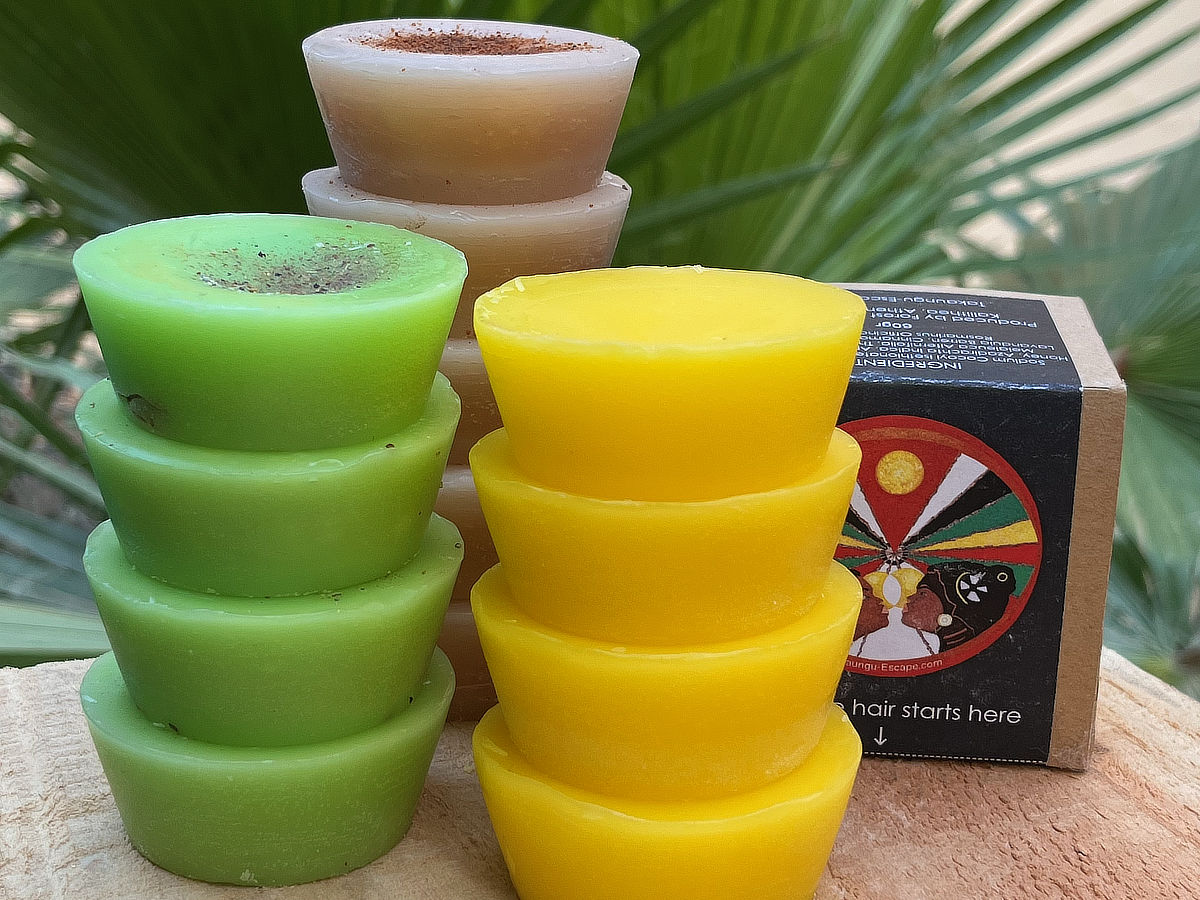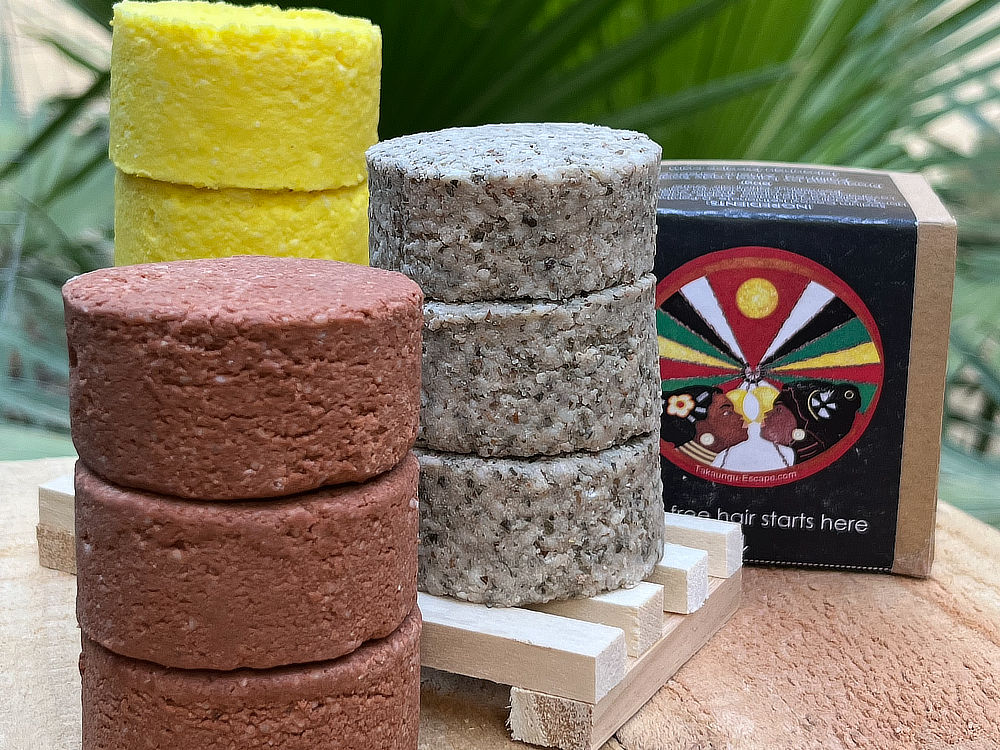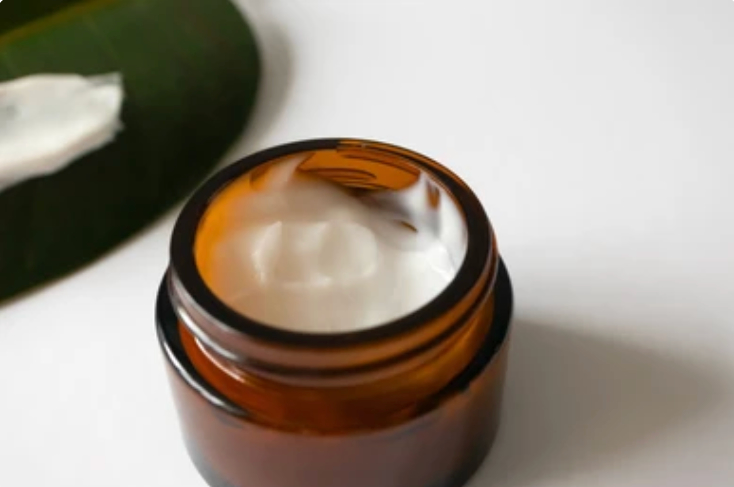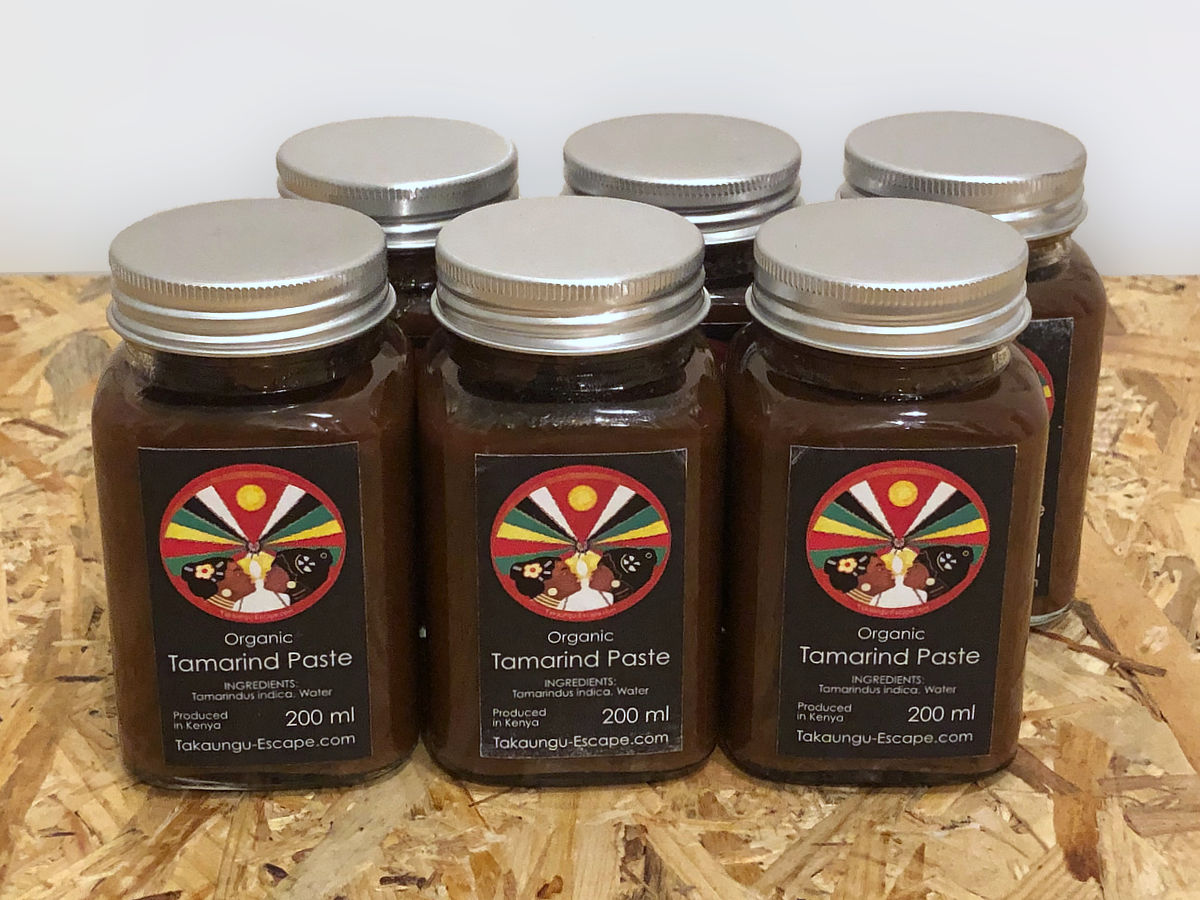Neem (Azadirachta indica)
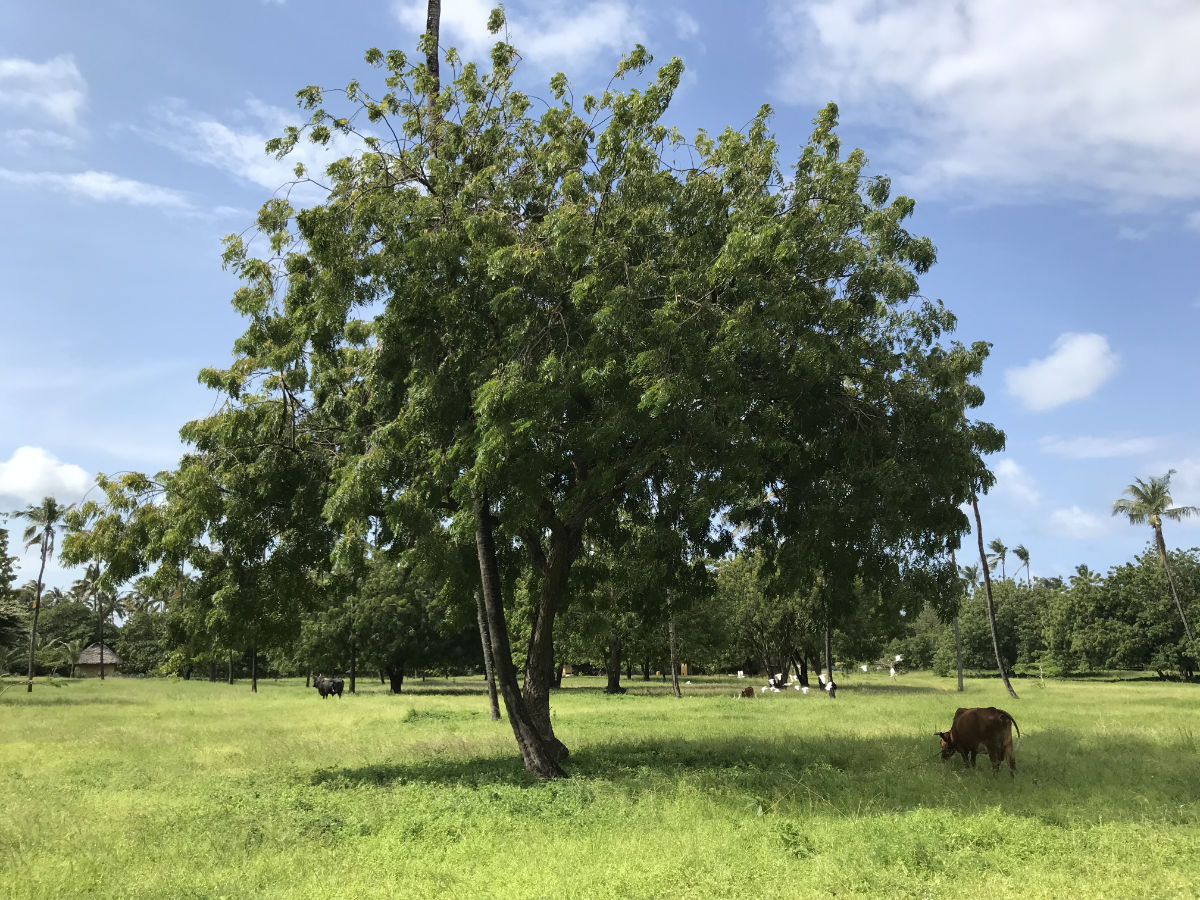 Since antiquity neem has been renowned for healing. The earliest Sanskrit medical writings refer to the benefits of its fruits, seeds, oil, leaves, roots, and bark. Each of these has long been used in the Indian Ayurveda and Unani systems of medicine. Thus, over thousands of years, millions of Asians have used neem medicinally. In addition, in places where the tree has been introduced in recent times, such as tropical America and Africa, it has also established a reputation as a useful cure for various ailments.
Since antiquity neem has been renowned for healing. The earliest Sanskrit medical writings refer to the benefits of its fruits, seeds, oil, leaves, roots, and bark. Each of these has long been used in the Indian Ayurveda and Unani systems of medicine. Thus, over thousands of years, millions of Asians have used neem medicinally. In addition, in places where the tree has been introduced in recent times, such as tropical America and Africa, it has also established a reputation as a useful cure for various ailments.
Today, the best-established and most widely recognized uses are based on its merits as a general antiseptic. Neem preparations are reportedly efficacious against a variety of skin diseases, septic sores, and infected burns. The leaves, applied in the form of poultices or decoctions, are also recommended for boils, ulcers, and eczema. The oil is used for skin diseases such as scrofula, indolent ulcers, and ringworm.
FUNGICIDES
Neem has proved effective against certain fungi that infect the human body. Such fungi are an increasing problem and have been difficult to control by synthetic fungicides. For example, in one laboratory study, neem preparations showed toxicity to cultures of 14 common fungi, including members of the following genera:
- Trichophyton—an "athlete's foot" fungus that infects hair, skin, and nails;
- Epidermophyton—a "ringworm" that invades both skin and nails of the feet;
- Microsporum—a ringworm that invades hair, skin, and (rarely) nails;
- Trichosporon—a fungus of the intestinal tract;
- Geotrichum—a yeast like fungus that causes infections of the bronchi, lungs, and mucous membranes; and
- Candida—a yeast like fungus that is part of the normal mucous flora but can get out of control, leading to lesions in mouth (thrush), vagina, skin, hands, and lungs.
ANTIBACTERIALS
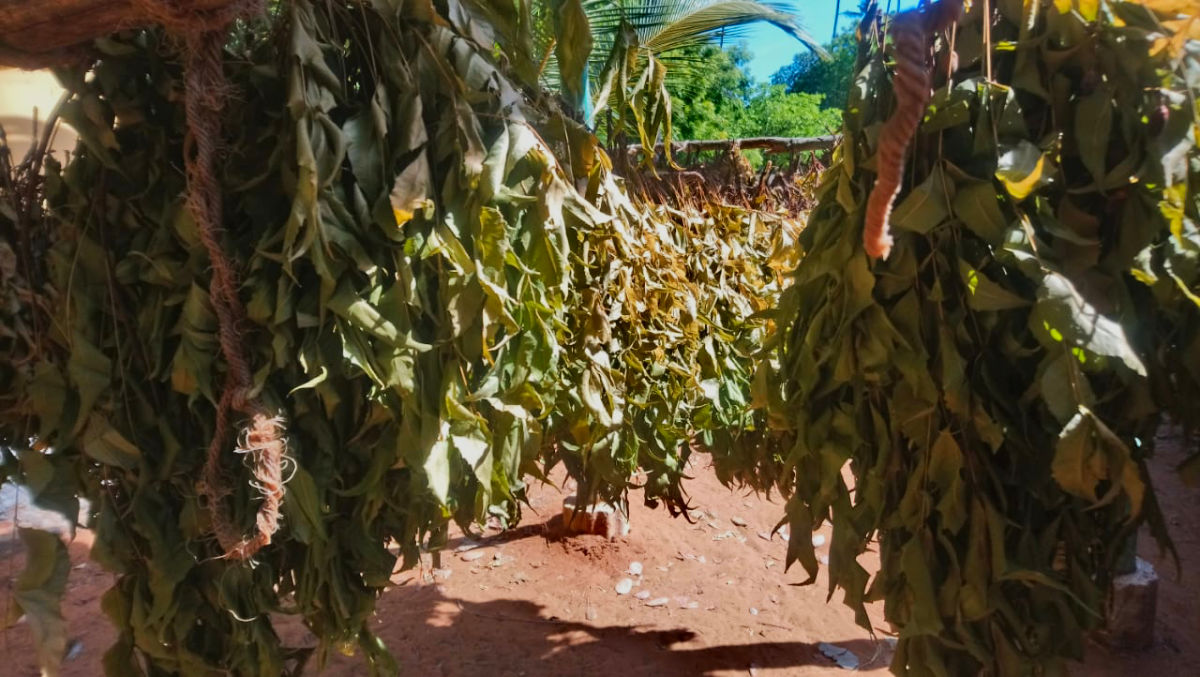 In trials neem oil has suppressed several species of pathogenic bacteria, including:
In trials neem oil has suppressed several species of pathogenic bacteria, including:
- Staphylococcus aureus. A common source of food poisoning and many pus-forming disorders (for example, boils and abscesses), this bacterium also causes secondary infections in peritonitis, cystitis, and meningitis. Many strains are now resistant to penicillin and other antibiotics, one reason for the widespread occurrence of staphylococcal infections in hospitals.
- Salmonella typhosa. This much-feared bacterium, which lives in food and water, causes typhoid, food poisoning, and a variety of infections that include blood poisoning and intestinal inflammation. Current antibiotics are of only uncertain help in treating it.
However, neem has many limitations as an antibiotic. In the latter test, neem showed no antibacterial activity against certain strains of the above bacteria, and none against Citrobacter, Escherichia coli, Enterobacter, Klebsiella pneumoniae, Proteus mirabilis, Proteus morgasi, Pseudomonas aeruginosa, Pseudomonas EO1, and Streptococcus faecalis.
ANTIVIRAL AGENTS
In India, there is much interesting, but anecdotal, information attributing antiviral activity to neem. Its efficacy-particularly against pox viruses—is strongly believed, even among those of advanced medical training. Smallpox, chicken pox, and warts have traditionally been treated with a paste of neem leaves—usually rubbed directly onto the infected skin.
Experiments with smallpox, chicken pox, and fowl pox suggest that there may be a true biological basis for this practice. Crude neem extracts absorbed the viruses, effectively preventing them from entering uninfected cells. Unfortunately, no antiviral effects were seen once the infection was established within the cell. Thus neem was effective prevention, but not cure.
Recent pharmacological studies have supported the belief that neem leaves possess some antiviral activity. So far these are only preliminary and unconfirmed results, but they are intriguing, nonetheless. In the United States, aqueous neem-leaf extracts have shown low to moderate inhibition of the viral DNA polymerase of hepatitis B virus. In Germany, an ethanolic neem-kernel extract has proved effective against herpes virus. And in horticultural studies, crude extracts also seemed to effectively bind certain plant viruses, and so limit infection.
DERMATOLOGICAL INSECTS
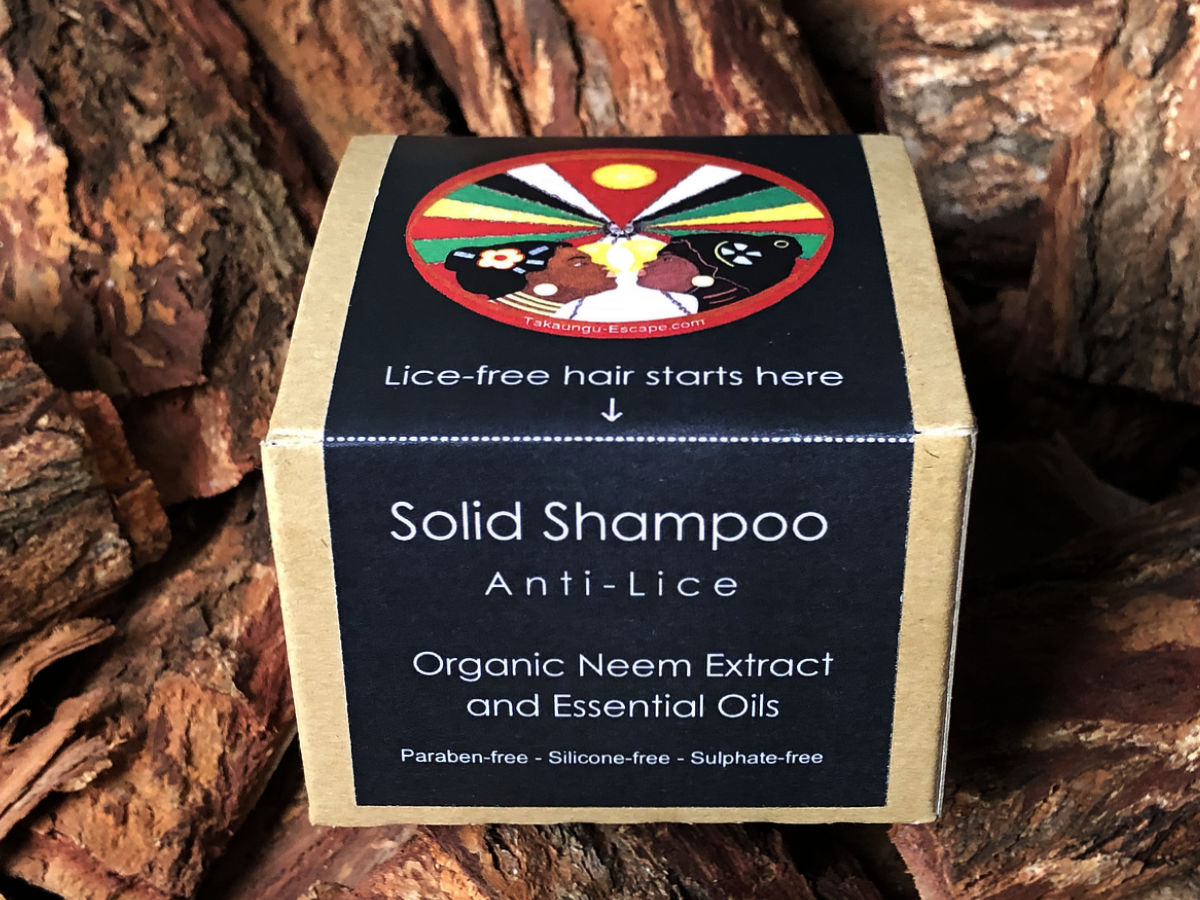 Given all of neem's insecticidal properties, it is perhaps not unexpected that it is a common folk remedy against maggots and head lice. In Haiti, for instance, crushed leaves are rubbed into open wounds that have become maggot infested. And in India and Bangladesh, villagers apply neem oil to the hair to kill head lice, reportedly with great success. See also our Solid Neem Shampoo
Given all of neem's insecticidal properties, it is perhaps not unexpected that it is a common folk remedy against maggots and head lice. In Haiti, for instance, crushed leaves are rubbed into open wounds that have become maggot infested. And in India and Bangladesh, villagers apply neem oil to the hair to kill head lice, reportedly with great success. See also our Solid Neem Shampoo
Should these early results prove to be soundly based, an array of extremely virulent and difficult diseases of people—not to mention of wildlife and livestock—might be treated.
DENTAL TREATMENTS
As noted earlier, both in India and Africa millions of people use twigs as "toothbrushes" every day. For many the twig is neem. Dentists have endorsed this ancient practice, finding it effective in preventing periodontal disease. It is unclear whether the benefit is due to regular gum massage, to preventing plaque buildup, to neem's inherent antiseptic action, or to all three.
As also noted earlier, a German company uses neem (actually, extracts of bark) as the active ingredient in toothpastes and other oral hygiene preparations. It claims that its tests prove neem bark to be highly effective at both preventing and healing gum inflammations and periodontal disease.
MALARIA
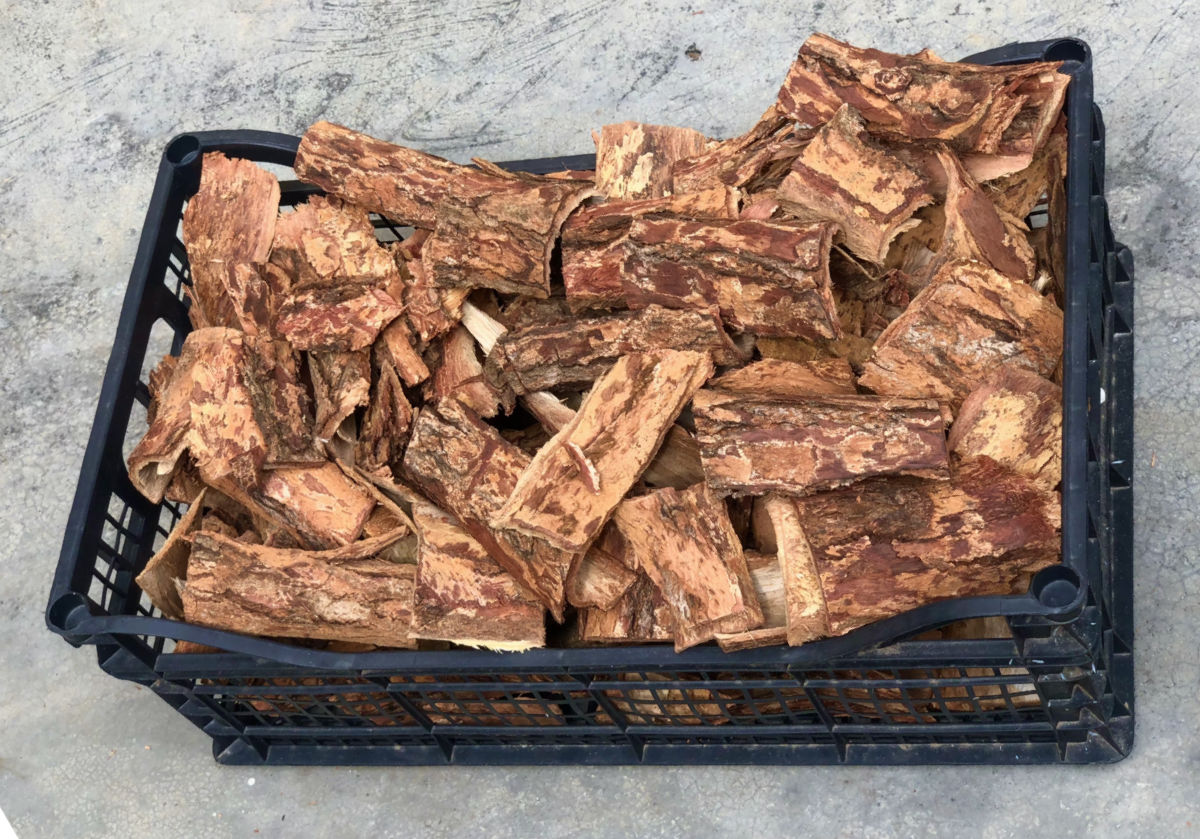 Practitioners of the Indian Ayurveda medicine system have been preparing neem in oral doses for malarial patients for centuries.1 Neem's antimalarial activity was reported in Ayurveda books as far back as 2000 B.C. (by Charaka) and 1500 B.C. (by Sushruta). Even outside India—in Nigeria and Haiti, for example—neem-leaf teas are used to treat malaria.
Practitioners of the Indian Ayurveda medicine system have been preparing neem in oral doses for malarial patients for centuries.1 Neem's antimalarial activity was reported in Ayurveda books as far back as 2000 B.C. (by Charaka) and 1500 B.C. (by Sushruta). Even outside India—in Nigeria and Haiti, for example—neem-leaf teas are used to treat malaria.
PAIN RELIEF AND FEVER REDUCTION
Neem may also be a ready source of low-cost analgesic (pain relieving), or antipyretic (fever-reducing) compounds. It is used for these purposes everywhere it is grown. In trials, positive results have been obtained for significant analgesic, antipyretic, and anti-inflammatory effects. This may explain its wide use for treating fevers in general. Some of the anti-inflammatory compounds have even been patented.
VETERINARY MEDICINE
Ancient practice and initial testing of neem derivatives against various livestock pests indicated that this is an area of particular promise for the future. Some possibilities are discussed below.
Controlling Insects
Insects of veterinary importance are obvious targets for neem products.
Some examples follow:
- Maggots Indians have traditionally crushed neem leaves and rubbed them into open wounds on cattle to eliminate maggots.
- Horn flies Azadirachtin passes through the ruminant digestive tract and remains long enough that horn flies will not develop in the manure.
- Blowflies Neem oil and neem-seed extract deterred the female blowfly, Lucilia sericata, from laying its eggs on sheep. Moreover, in Sri Lanka the oil is rubbed on cattle as a fly repellent.
- Biting flies Azadirachtin also exerts an ovicidal effect in eggs of the blood-sucking fly Stomoxys calcitrans.
Controlling Bacteria
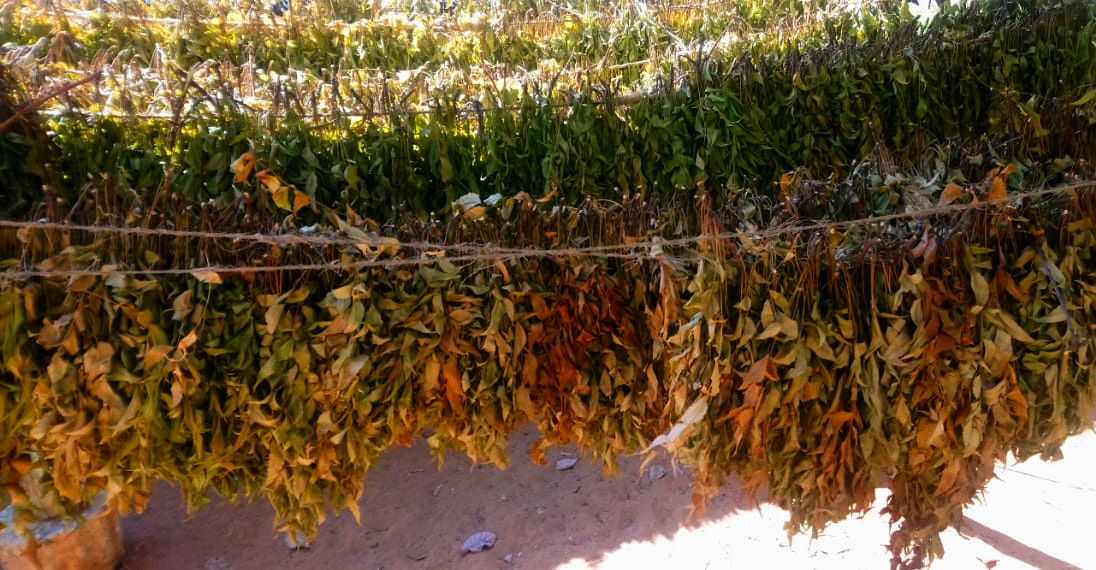 The Staphylococcus aureus bacterium, mentioned earlier, also causes mastitis (inflammation of the mammary glands) in cows. Neem's apparent ability to control certain strains of this bacterium may thus be of great economic importance to dairying in the nations where neem grows.
The Staphylococcus aureus bacterium, mentioned earlier, also causes mastitis (inflammation of the mammary glands) in cows. Neem's apparent ability to control certain strains of this bacterium may thus be of great economic importance to dairying in the nations where neem grows.
Also, the salmonella bacterium, in addition to affecting people, causes abortion in horses, cattle, and sheep, as well as a variety of infections in poultry and livestock.
Controlling Intestinal Worms
Trials in Germany showed that neem also works against intestinal nematodes in animals.
Source: https://www.ncbi.nlm.nih.gov/books/NBK234637/
